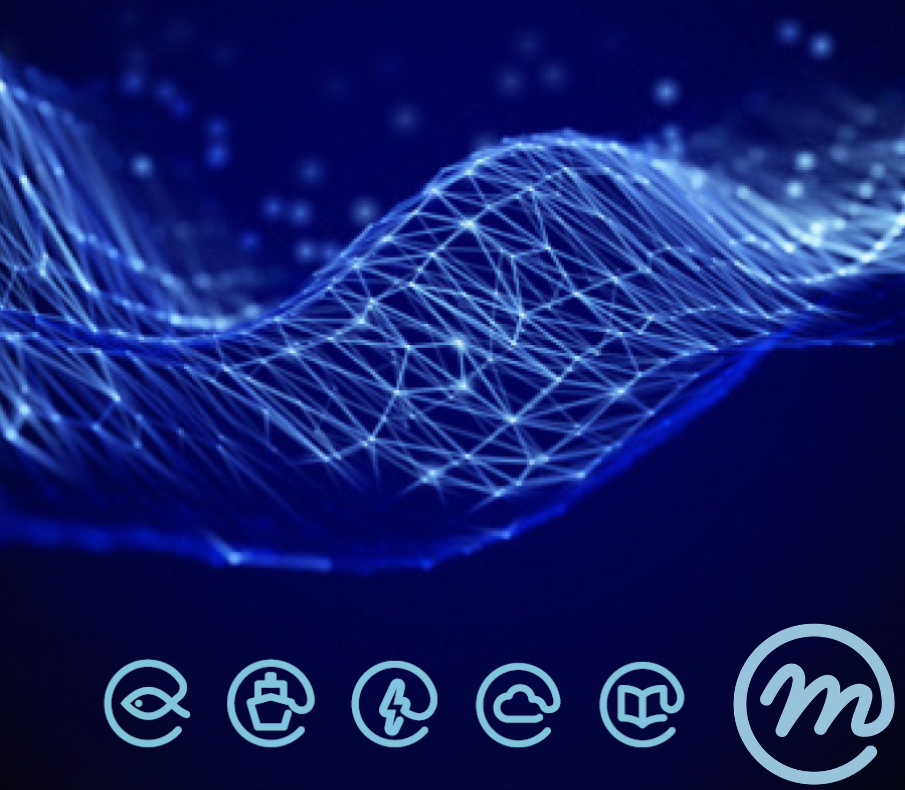Mercator Ocean international (MOi), which has been developing numerical ocean models for the last 20 years, is now engaging into the next step: the Digital Twin of the Ocean, aiming at resolving all the temporal and geographical scales, their mutual interactions and impacts. Several calls for tenders are opening and Mercator Ocean is fully involved in this new exciting challenge.
Mercator Ocean international (MOi) develops numerical ocean models of the Global Ocean, including data assimilation methods, by applying a data-driven constraint on the model results. Such numerical modeling uses as much observed data as possible from in situ or satellite sources and represents interactions of the ocean with sea ice, the atmosphere and the marine biogeochemistry using state-of-the-art parameterisations and algorithms. Those are already prototypes for numerical twins of the ocean.
Nevertheless, all in situ and satellite data are not yet used, and there are many improvements to be made to better represent small scales along with the interactions of the ocean with sea-ice, the atmosphere or the marine biogeochemistry. The way forward is to resolve all temporal and geographical scales and their mutual interactions and impacts. Indeed, small-scale events in the Earth—and the ocean—systems have a huge impact on the large-scale results. Systematic misrepresentation of small scales leads to systematic misrepresentation of large scales.
The Digital Twin of the Ocean (DTO) is the next step, filling the need to integrate a wide range of existing and new data sources, to transform data into knowledge and to connect, engage and empower citizens, governments and industries by providing them with capacity to make informed decisions. With the development of digital interactive high-resolution models of the oceans, the use of all available data, including the latest in situ or satellite Earth observations, in vivo or economic data along with cloud infrastructures and Artificial Intelligence (AI) techniques, the DTO should allow continuous and timely monitoring of the ocean, from the coast to deep sea and from the surface to the seabed. For example, the DTO will allow the development of what-if scenarios and analyse the impact of preventive measures to adapt and mitigate climate risks at regional and local scale.
Mercator Ocean international is part of a consortium led by IFREMER, together with NERSC, CLS, TAS, LOBELIA and COLAB+ Atlantic, with the objective of developing a Digital Twin Ocean Precursor (DTOP). This ESA-funded project will more specifically focus on two aspects:
- The ocean-sea ice interactions in the Arctic Ocean and the role of sea ice dynamics in controlling storms over the Arctic.
- The ocean- atmosphere interactions in the western Mediterranean Sea during specific marine heat wave events.
This one-year project was started on September 18th, 2020.
Moreover, another call for tender has been published at the end of September 2020 by the European Commission as part of the H2020 Framework Programme (see here). The “Transparent & Accessible Seas and Oceans: Towards a Digital Twin of the Ocean” call will contribute to the Commission’s Green Deal and Digital Package commitments to develop a very high-precision digital model of the Earth (Destination Earth initiative). It will build on the integration of existing EU leading-edge capacities in ocean observation (such as Eurofleets+, EuroArgo, Jerico, EMBRC, among others), data infrastructures and forecasting services (Copernicus, EMODnet, Blue Cloud, ERICs) through innovative IT technology.

